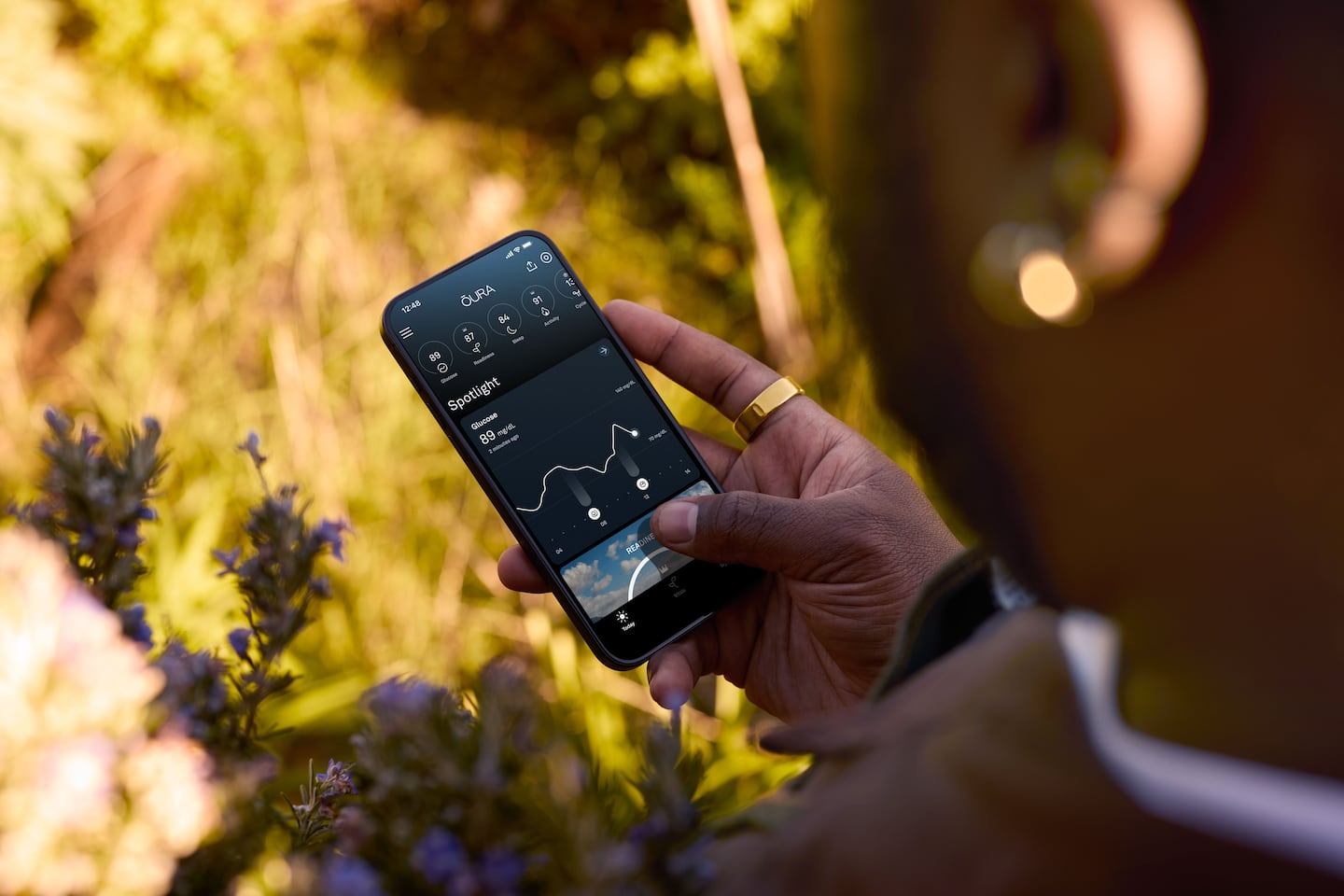WHOOP, a company based in Kenmore Square, estimates your “physiological age.” Oura assesses your “cardiovascular age.” Tonal pitches “strength training for longevity,” while Peloton now emphasizes “healthy aging.” Each platform offers a dashboard of metrics and a path to optimize them. The message: If you can improve your numbers, you can live longer and better.
Get The Gavel
A weekly SCOTUS explainer newsletter by columnist Kimberly Atkins Stohr.
There is real promise here. A raft of research has shown that aging is shaped by the choices we make. Regular exercise, healthy diet, and consistent sleep help reduce the chronic inflammation that drives many age-related diseases, including cardiovascular disease, type 2 diabetes, neurodegenerative conditions, and some cancers.
But if these platforms truly aspire to support us over the long arc of our lives — to promote not just athletic performance but enduring well-being — they’ll need to move beyond a narrow fixation on performance metrics and embrace a more capacious view of health.
A preoccupation with metrics isn’t new. We’ve long confused measurement for meaning. “You can’t manage what you can’t measure,” the management guru Peter Drucker once said, and an entire generation of health products took his words literally. Steps. Sleep scores. Heart rate variability. Recovery readiness. All of it stacked into leaderboards and streaks.
The apotheosis of this must be the Rejuvenation Olympics (a real thing), where biohackers compete and are publicly ranked based on an experimental blood measurement of their rate of aging.
Some people thrive on this kind of structure. But many don’t. For every self-quantifier optimizing zone two training, there’s someone quietly opting out, discouraged or overwhelmed. And often, it’s the people who most need encouragement to improve their health who are most alienated by the dashboard approach.
What gets measured gets managed, yes. But as historian Jerry Muller warned, “not everything that matters can be measured, and much of what is measured doesn’t matter.” Philosopher Kwame Anthony Appiah put it even more sharply: “Happiness is not an optimization problem.”
Health isn’t either — at least not entirely. Some optimization clearly matters: lowering blood pressure, controlling cholesterol, reducing excess weight. But the pursuit of health also involves something more holistic: a sense of coherence, direction, and possibility.
I’m talking about flourishing.
Flourishing is more than just feeling good or being disease-free. It’s a richer concept that encompasses engagement, connection, purpose, and momentum.
One of the most compelling illustrations of its value comes from the Harvard Study of Adult Development, a landmark effort that has followed individuals for more than 80 years. Its core finding: The greatest predictor of healthy aging isn’t money or fame or even fitness. It’s the quality of our relationships.
This doesn’t mean wearables should start assigning numbers to the quantity of our friends and the depths of our friendships. And that doesn’t mean fitness is irrelevant to our long-term health — but there is another opportunity for these platforms: helping people regain a broader sense of agency in their lives.
Agency is the motivational currency of behavior change. When people believe their efforts have the potential to make a difference, they’re more likely to try, to persist, and to adapt. Martin Seligman, the founder of positive psychology, has shown that agency — a term that he often uses interchangeably with optimism — is associated with improved physical health, greater psychological resilience, stronger academic and workplace performance, and reduced risk of depression.
It’s possible for digital tools to enhance our sense of agency by incorporating AI that draws on cognitive behavioral therapy and other proven therapy techniques. Startups such Slingshot AI and Lore Health (disclosure: I am an adviser) are pursuing such AI-enabled approaches.
Most fitness-tracking systems, though, remain behaviorally transactional. They track achievement but rarely contextualize it. They celebrate completion but not growth. They reward performance, not progress toward meaning. We need tools that help us make sense of our efforts and deepen connection.
For starters, platforms could help users connect the dots — offering context that highlights how everyday accomplishments, like finishing a workout or sticking to a sleep schedule, represent not just physical progress but growing evidence of the platforms’ capacity to improve the users’ overall well-being.
Next, platforms must move beyond their comfort zone of measurement and optimization. Supporting long-term flourishing means embracing a category of activity that’s experienced more than quantified. Call it “soulful engagement”: sharing a trail walk with a friend, learning something that sparks curiosity, or pitching in on a local volunteer project.
Fitness platforms could connect people with family fun runs, nature walks through AllTrails, or local volunteer projects like Habitat for Humanity. Or they might partner with curated content providers like Shortform or The Great Courses to offer accessible ideas, summaries, and lectures that ignite intellectual engagement.
“Soulful engagement” might seem, at first blush, to be well out of scope for platforms built around the quantification of measurable physiological parameters. Yet that’s precisely the point. If these platforms are serious about cultivating flourishing and longevity, a more expansive approach is required.
Peloton’s CEO, Peter C. Stern, has recently gestured toward this, announcing plans to triple the number of “real-life” events hosted by the company over the next year.
I recognize that the evolution I’m describing for health platforms is ambitious and far from easy. But the platforms that take this path may not only deepen engagement among current members but also attract a new cohort of users: customers who aren’t obsessed with metrics and measurement.
To their credit, platforms like WHOOP and Peloton got us moving. The next step isn’t pedaling harder. It’s going deeper.

